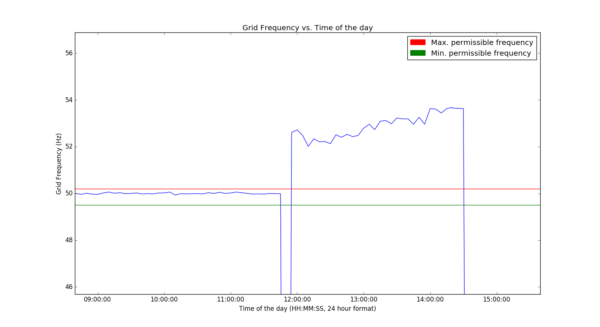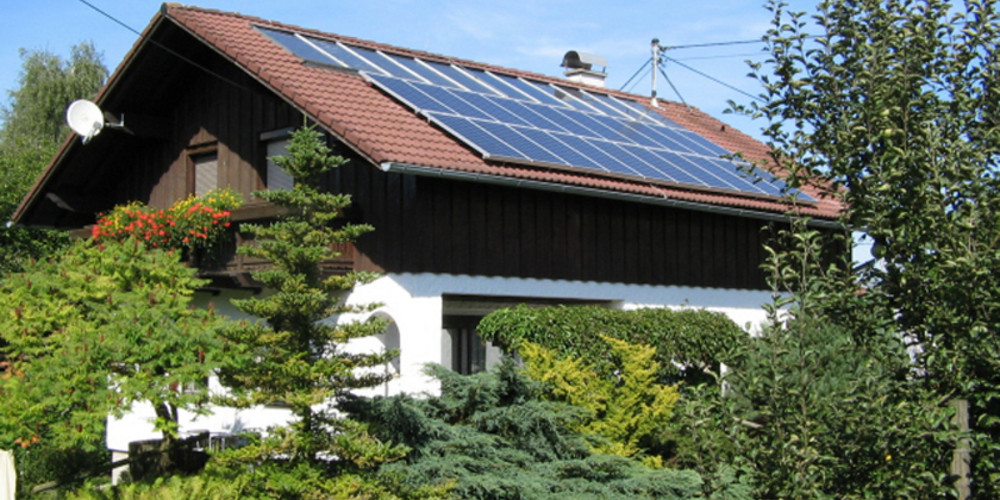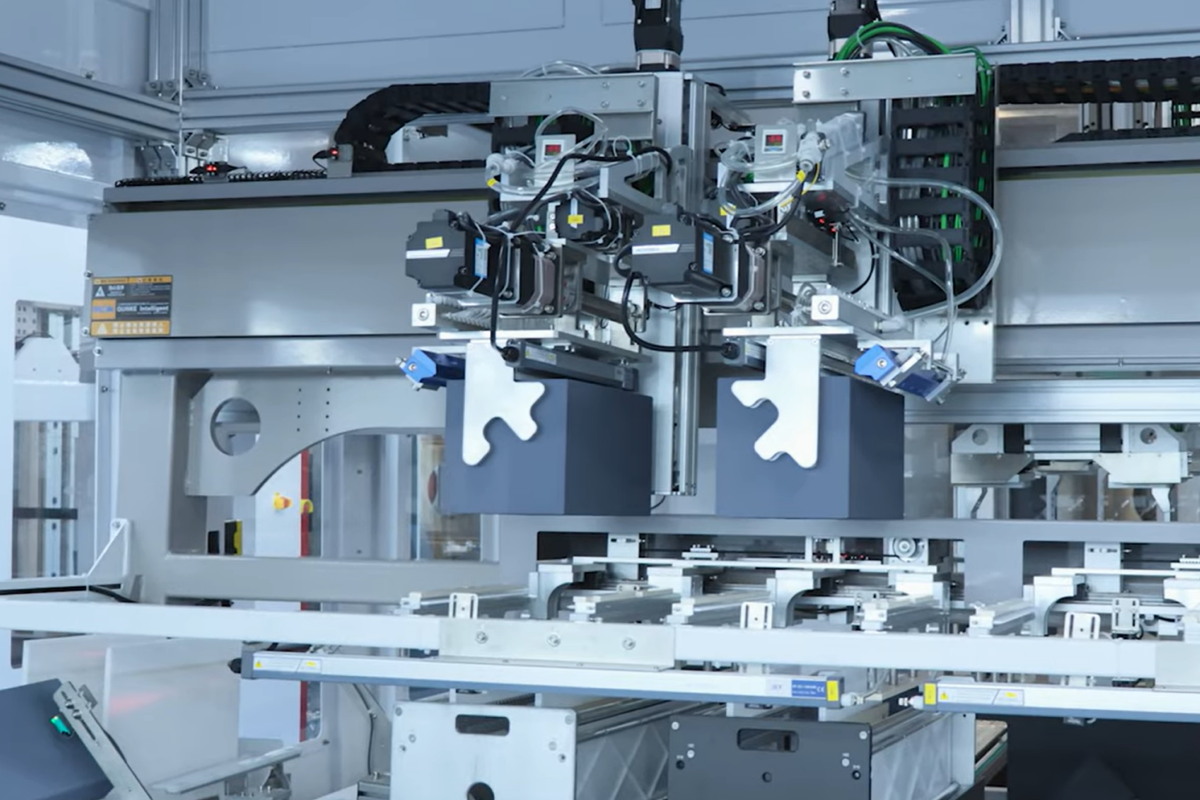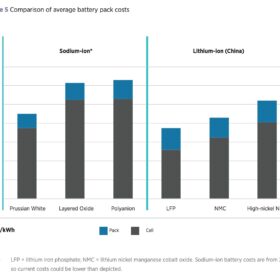The Government of India has set a target of installing 40 GW of rooftop solar PV electricity generation capacity in the country by 2022. At the end of 2016, only a little over 1 GW had been installed – 1,247 MW, to be exact.
In the month of April, the National Institution for Transforming India (NITI Aayog), necessitated that action had to be taken more prudently in order to reach that target. In spite of the availability of monetary subsidies for rooftop installations having a net-metering connection, the proliferation of residential installations has so far been abysmal.
Assuming that an average Indian residential roof can accommodate an appropriate arrangement of panels to generate just 1 kW of electric power, four million buildings – or 1.3% of urban residential rooftops – need to be equipped with systems by 2022. What are the reasons that explain the sluggish adoption of residential rooftop PV? The realities of PV in India are revealed by startling discoveries from the bottom.
In India, residential roofs can accommodate a system typically having a rating in the range of 2 kW to 20 kW. While the idea of cheaper electricity is what attracts Indians to rooftop PV, the prohibitively expensive capital expenditure has been the most prominent repellent. The Ministry of New and Renewable Energy (MNRE) offers, through State Nodal Agencies, a 30% monetary subsidy on the capital expenditure of such a grid-connected net-metered system.
Net-metering, or Net-Energy-Metering (NEM), enables electricity consumers/buyers to become electricity producers/sellers at a time when their roof generates more energy than what is required. NEM allows bidirectional flow of energy and bills the connection user for their net consumption.
State governments have drafted their policies around the central government’s legislation in order to control the exchange of electricity through the distribution infrastructure. While some of these schemes offer additional monetary subsidies, others impose tariffs, offer incentives and/or permit energy ‘banking’ through fancy financial frameworks. Commonly, users are prohibited from installing systems that can produce more than a particular fraction of what they are sanctioned to consume in order to protect the grid from potentially heavy fluctuations.
Grid integration
Utilities play a vital role in the promotion of rooftop PV. Since these systems are the only sources of electrical energy into the grid that are bereft of professional tools for managing generation, the challenge of distributing the energy generated by these systems is unique. In a place like India where much of the infrastructure in service was originally designed by the British colonizers prior to Indian independence over seven decades ago, it is not uncommon to observe demand-supply imbalance in the grid. It has been widely acknowledged that activities such as load shedding have to be engaged in order to combat the conspicuously volatile nature of demand.
While this establishes the incentive as well as the opportunity to generate electricity at the locations where it is to be consumed, the diurnal characteristics of solar indicate that either storage or a connection to the grid is required, which is where the challenge is. The problem of grid instability has been exacerbated by the poor compatibility of the properties of the existing infrastructure with the functional requirements of a grid transmitting photovoltaic energy from rooftops.
A report published by The Brookings Institution, a century-old American research group, on the quality and efficiency of the Indian electricity grid in the context of hosting renewable energy, recommends an acute requirement for improving grid balance. Along this direction, the International Solar Alliance has drafted a program for scaling rooftop photovoltaics, which is expected to be launched at RE-INVEST 2017.
In order to understand the behavior of the grid during the installation and operation of residential rooftop photovoltaic systems, this article features excerpts from interviews with technicians and construction engineers, and explores grid behaviour – a notorious bottleneck on the path of PV.
Problems occurring within one year of installation
Engineers recall that the issues typically reported to them within a year of installation pertain to the performance of the inverters.
Customers who own rooftop PV, or the representatives of the apartment residents’ welfare associations that own rooftop PV, complain to the EPC contractors upon identifying any issue with their systems, even when such issues arise because of the malfunctioning of the grid. Logically, the EPC contractors are responsible only for the construction of the superstructures and for the assembly of the modules, the cables, the inverter, and the safety equipment such as earthing and lightning arrestors. The customers would ideally have to begin diagnosis themselves and subsequently determine who to contact in order to proceed with diagnosis, isolation and resolution.
Upon diagnosis, it had been revealed that the root cause of these issues was at the interface with the grid. Grid faults, those of frequency drifts and overvoltage, in particular, weaken the inverters. An average three-phase inverter stops functioning properly when just one of the three phases behaves improperly due to the loss of synchronicity between the three phases and the incapability of the inverter to adapt to such complex environments.

Soreva
In most cases, the issue would be resolved without any intervention of the construction engineers, but at the times when the issue persists when the grid stabilizes, it has been reported that technical support from popular brands of inverters is excellent. Those manufacturers who either serve or covet to serve a tidy share of the residential rooftop market offer remarkably professional field application engineering services at such times.
Problems occurring at the time of commissioning
Engineers also mention that fluctuations in the behaviour of the grid is known to cause unforeseen delays in commissioning rooftop PVs. At such times, there is no technical support available since the engineers at the utilities reckon that it is not an unusual occurrence and that normalcy would eventually resume.
Contractors feel that if such situations cause financial stress, it compels them to resort to frugal engineering practices ad hoc that are ultimately unsatisfactory since they compromise professionalism.
Elements in residential rooftop installations
The design and fabrication of the mounting structure is being given paramount importance because there are several variables governing its properties, such as the available area for mounting, access to the modules for maintenance purposes, access to the volume under the modules as well as the appropriate tilt angle at the location. The durability and the worthiness of this structure is a tangible indicator of the proficiency of the expertise as well as the quality of the service offered by the contractor.
The cables, the connectors, the earthing components and the lightning arrestor are those components that could be replaced by cheaper alternatives. The belief on standardisation appears highly subjective since the prescribed guidelines for good practice and those technically bona fide have slim differences between them.
Availability of skilled manpower
As resonated at the discussions at the pv magazine Quality Roundtable at the Renewable Energy India (REI) Expo 2017 on the 21st of September, the lack of skilled personnel is a relentless problem in the Indian market.
One technician quipped: “We are like doctors of medicine in the context of diagnosing and resolving faults in power equipment when they arise. Solar is a special type of equipment because their behaviour is different. A good theoretical knowledge of DC systems is required. However, such knowledge is inadequate, like surgery. Novices are incapable of most tasks since their knowledge without practical experience is useless. There is no training program that produces well qualified technicians. Although there is a certification, I do not see how that is making things better. It takes more than one year to learn the reins and approximately three years to become competent. By that time one would realize that the theory he was taught was really limited.” (Translated from Hindi to English)
“On rooftops, there may be nothing particularly faulty, but it would not function in the absence of a grid connection, which is common, as you know. We might still have to visit, at least to reassure the clients. If we have to delegate it to a subordinate, he would have to be able to communicate with us over phone and act upon our instructions. We shall have to be quick to visualise the scenario and direct him to do something on field if required.” (Translated from Hindi to English)
Indeed, it is entirely true that the education policies in India have favoured amassing theoretical knowledge over practical experience, but, without loss of generality, it has become more evident that practical proficiency in handling PV systems is maturing towards becoming a more rewarding portion of academic syllabus.
Driven by the idea of “free energy”, and of relief from outages in the case of battery backed-up systems, customers have consistently demanded lower prices. While the steadily falling prices of modules have ameliorated the notions until recently, the cost-centric attitude is here to stay.
It has been widely reported that falling costs have etched profit margins, jeopardising businesses. As profit margins are constantly being suppressed, the quality of engineering has fallen, as mentioned earlier. Contractors are having no choice but to be frugal and to feel less satisfied with making energy more renewable. Consequently, engineers and technicians like those interviewed often go to work 20 days at a stretch, and more contractors are preferring to employ them for lower monetary compensation.
Largely, public policy along the direction of upgrading grid technology has left behind the idea of residential rooftop PV stations. While it is difficult to address this large and fragmented market, rooftop PVs could multiply more easily if grid obedience were present, or if the usage of energy storage systems becomes the norm.
The views and opinions expressed in this article are the author’s own, and do not necessarily reflect those held by pv magazine.
This content is protected by copyright and may not be reused. If you want to cooperate with us and would like to reuse some of our content, please contact: editors@pv-magazine.com.








All over the world the Grid system control is in the hands of Electrical Department of government. If we improve on automation in the operation of Grid System then it will be easier to install and maintain PV solar power connection to Grid.
Focus on automation of Grid control system is needed.
Dhanyavad !!!
Prakash Lakhapate